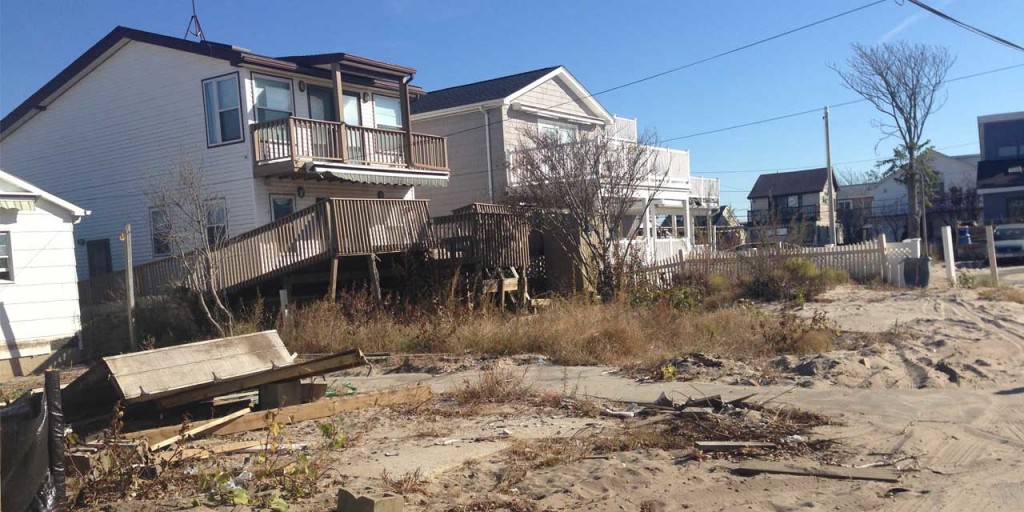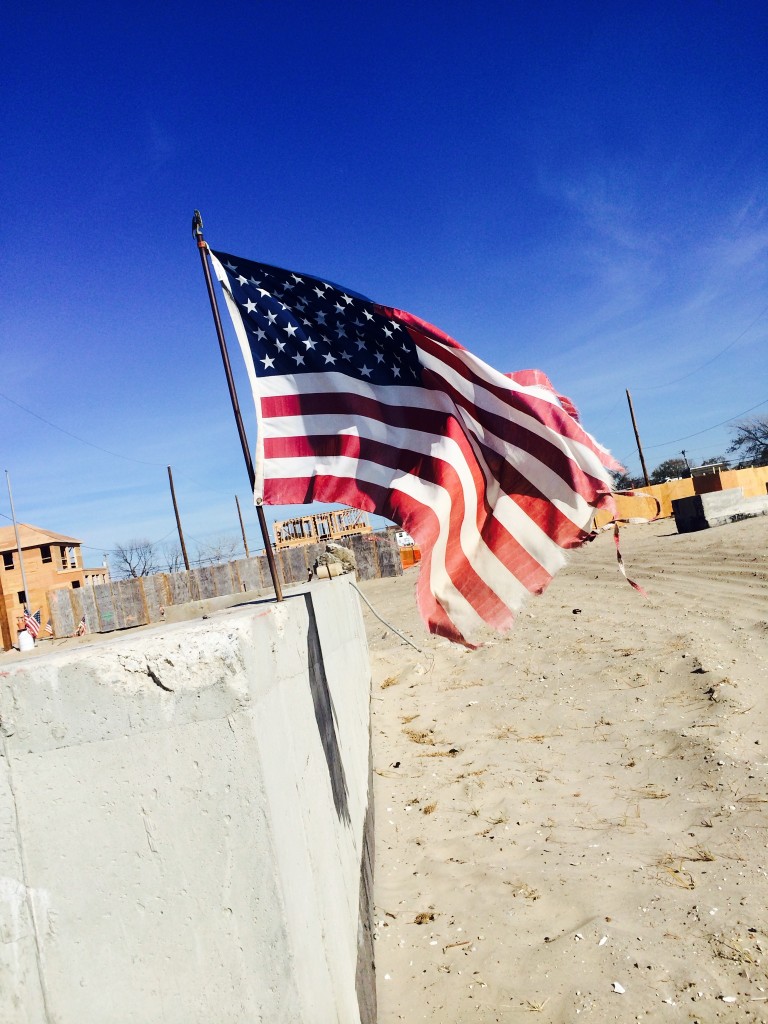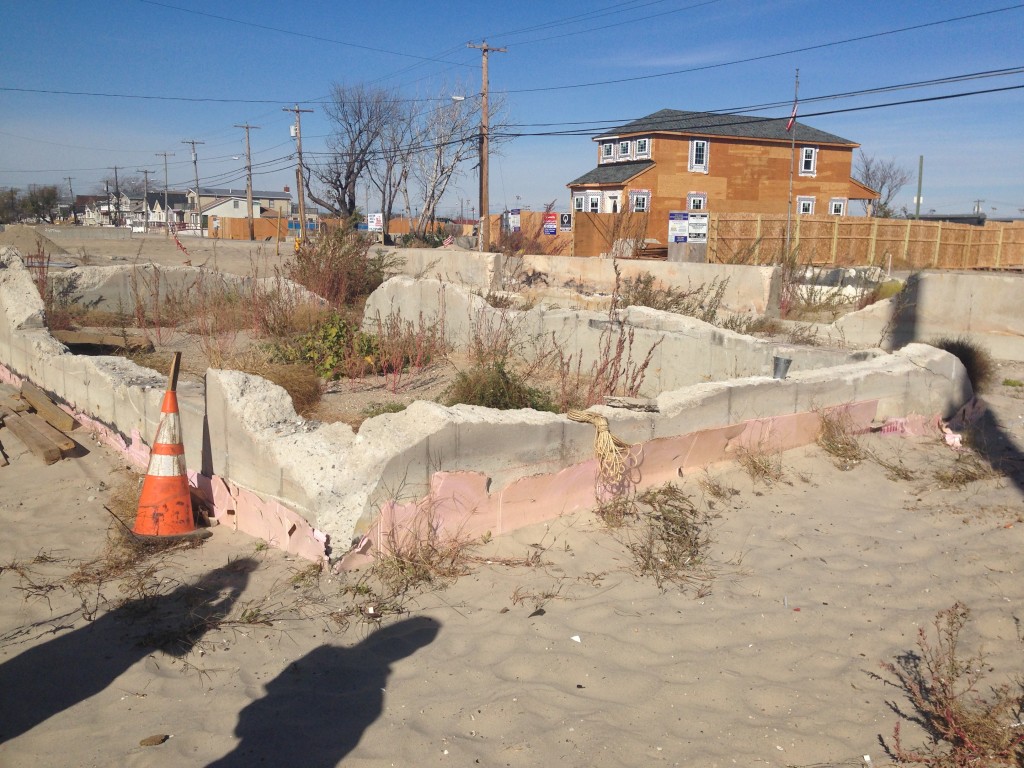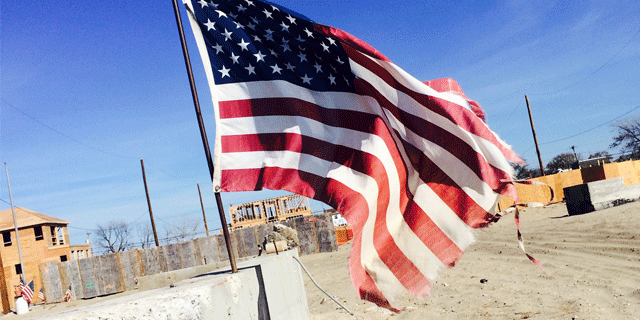
The only thing predictable about nature is its randomness. Homeowners of Breezy Point can attest to this; during last year’s Hurricane Sandy, locals watched as Nature’s forces flooded their stores, burned their homes and destroyed their neighborhood. The bench on the boardwalk where he proposed to her; the street where his mom heard him say his first word; the restaurant where they met every Wednesday night for ravioli and gossip. Every site of every memory was washed away in the blink of an eye.
A six-alarm fire, labeled so for its severity and difficulty to contain, had one of the biggest impacts on the community. There were 130 homes burnt to the ground, 50 homes damaged by the fire, and over 41 people rescued by the Point Breeze and Rockaway Point Fire Departments.

Off the coast of Queens and disguised as a New England beach town, Breezy Point occupies 500 acres of the western-most section of the Rockaway peninsula. The entire neighborhood is residential with the occasional small bar or strip of stores. Houses are modest but cozy and American flags are planted every couple of yards on each street. Breezy Point Surf Club, located at the end of the peninsula on Breezy Point Tip, provides one of the few surfing opportunities in New York City. Breezy Point Tip also attracts fishermen and sunbathers. The physical intimacy of Breezy Point reflects the sense of fraternity and togetherness of the community who lives there.
We spoke to the owner of a small, cozy diner named, “Country Heart Cooking.” Yuna Kerrigan, around 60 years old, wore a light pink turtleneck sweater that complemented her bleach blond hair. Her eyes were tired and by the tone of her voice it was obvious that she was. Yuna had lived in Breezy Point for thirty years with her husband, dog and parrot. “Camaraderie” she said, “is what really makes this neighborhood special.” She feels camaraderie has always defined Breezy Point and that her sense of support from the community has only strengthened since Sandy. “When things got so bad, everyone was helping each other. Everyone’s closer now.” She had to close her business for about five weeks and it took seven months for her house to be fully repaired, although it’s still not completely back to normal. After leaving momentarily to go help a customer, Yuna returned saying, “It’s weird looking at all of the Halloween decorations, because last year they were up for so long since no one was here to take them down.” While she may be back on her feet, she emphasized that she is a part of the minority. Even today, a year after the hurricane hit, a lot of people are not back in their homes.

The next people we spoke with were selling sweatshirts, t-shirts, hats and other accessories to raise money for a Sandy relief fund. Chris was a city school teacher and Joe, his father, the ex-fire chief of Breezy Point. The Warren family has lived in same house on Ocean Avenue since 1958. The two men got lucky; the fire that consumed so many of their friends’ houses stopped a door away from their house. Even so, they were unable to move back into their house until the middle of June. Describing their experience of Sandy, Joe said, “Not only did you lose your house, you lost your friends and your places to go.” However, in the face of so much destruction, Joe maintains appreciation for his home. “If I wanted to be politically correct,” said Joe, “I would tell you that the church is the heart of the neighborhood. But the real heart of the neighborhood is the spirit we have, the community.”
Lastly, we spoke with the former chairman of the board of Breezy Point, Steve Greenberg. Steve described that the day after the storm everyone came out to help each other out and offer both physical and emotional support. Steve considered the Sugar Bowl, a beach bar that opens ever summer, the heart of the neighborhood. He described that Breezy Point was filled with “beach people: it’s a beach town.” According to Steve, after the storm the community grew stronger than ever before.
As exemplified by its residents, the heart of Breezy Point is intangible and untouchable, and the companionship of its community members allowed this little beach town to weather Sandy’s destruction and begin to recover.






